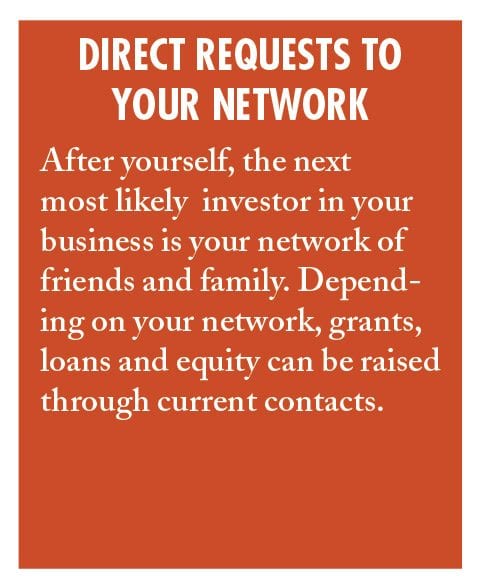

Raising money to launch your business can be a complex process, but changes to when and how entrepreneurs secure capital has opened up the startup model.
The digital age has dramatically changed the business landscape, including the steps to launch a start-up. The traditional startup model of writing a business plan, meeting with a lawyer to compose your founding documents, securing a loan and location and opening your doors has largely been replaced by a more dynamic patchwork of beta-testing and do-it-yourself business services like Legal Zoom and Shopify.

With the virtual doors open to build a business, questions of finding and securing capital are not as straightforward as they once were. When a single person with an Internet connection can sell products, host television shows and publish books from their living room, often with readily available free or low-cost tools, the funding equation changes. Some new businesses are able to leverage technology to startup with little to no traditional funding.
The first questions for any new business, Internet-based or not, remains the same. Do you need money and how much? What is your level of commitment to the future of the company? What other responsibilities and expenses do you have in your life? The type of funding (and if you need funding) depends on your finances, the stage and capital needs of your business and its growth goals.

Preparing to Seek Funding
Like many financial matters, the clearer picture an entrepreneur can develop of their needs and goals, the more money (and frustration) he or she will save over the life of the business.
Before asking for investment in a business (or spending personal funds), plan out:
Business Model
Less formal than a business plan, this document drills into the revenue and operations for a business. It plots out how and when the company makes revenue and how long before profits can be expected. Although is does require estimates of the future, it also serves as a basis to have an informed conversation with an investor and plan personal finances around a period of losses every business experiences starting out. The business model also helps identify intended customers and suppliers as well as mapping out how the business will function.

Capital Needed
After developing a business model and going over personal finances, you should have a clearer picture of how much funding your business requires.
Personal Finances
Before new expenses and loans begin, personal finances should be on firm ground, particularly in terms of debt-to-asset ratio and credit. Also, consider a plan for changes in your personal finances for possibilities like quitting a job to pursue a business full-time or a business taking longer than estimated to become profitable. Most investors ultimately invest in the person or team founding the company rather than the business idea. Investors must feel confident that they can trust the founders with potentially large sums of their money.

Personal Stake
Once personal finances are in order, determine how much you are willing to invest in your own company. This is commonly referred to as the “bootstrapping” option, but it is an essential step to show potential investors (even if the first round of investors are friends and family) that you are serious enough about your business to spend your own money.






